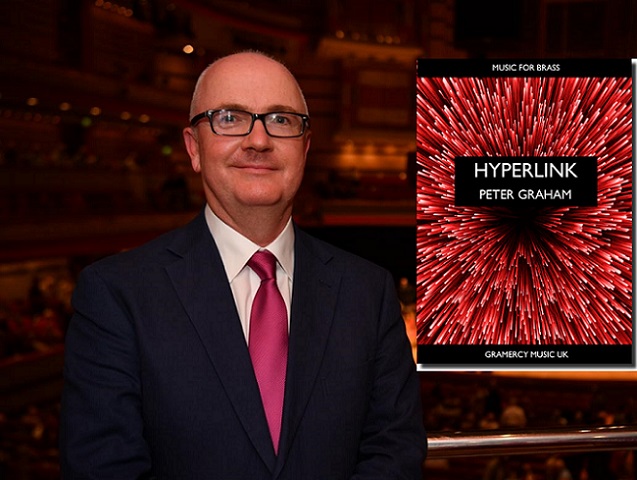
The composer and his work
To a generation born into a world of laptops and smart phones, influencers, Bitcoins and Amazon shopping, being able to survive without being constantly plugged into a 24 hour a day global communications network is unimaginable.
If however, you are somewhere north of your 40th birthday, recalling the joys of your youthful world of handwritten letters and reverse telephone charges, bedroom posters, Green Shield stamps and Woolworths comes across as if you are from a different planet.
In just over 30 years the world wide web has revolutionised the way in which we all interact with each other - and not always for the benefits conceived by its inventor Tim Berners-Lee.
We are living proof of Frigyes Karinthy's idea of six degrees of separation.
Information currency
Now, it is information not the dollar that is the currency that underpins global trends and commerce. Why else would the execrable Elon Musk want to buy Twitter?
Fibre optics are the arteries as well as tentacles of the 21st century internet - ones which reach out from a Pandora’s box of synapse speed binary pulses that can bring people together as well as repel them in disgust.
Fibre optics are the arteries as well as tentacles of the 21st century internet - one which reach out from a Pandora’s box of synapse speed binary pulses that can bring people together as well as repel them in disgust.
Goodness as well as poison flows in nanoseconds across the globe at the touch of a keyboard button; connections that can enhance as well as destroy lives.

We are all now connected in some way
Some hope left
There is some hope left for it though. And that is what makes Peter Graham’s National Championship test-piece such a fascinating reflection of our inextricably interlinked age.
The composer has earned deserved accolades as a musical storyteller through many of his test-pieces (‘Harrison’s Dream’ to ‘Journey to the Centre of the Earth’ and ‘Dynasty’ etc) – with the ability to precis extensive narrative with compact clarity.
‘Hyperlink’ is very different. Despite the trio of chapter headings, there is no tale to tell.
Links
What links J.S Bach to the Jupiter organ at the Albert Hall, Ray Steadman Allen to the Vaughan Williams 'Tuba Concerto', Queen Elizabeth II to Hubert Parry is simply the diverse and at times deliberately tenuous trajectory paths that emerged in researching information to mark the 70th anniversary of the National Youth Brass Band of Great Britain.
It is a clever piece of musical architecture – one that enables the listener to reflect on what is really important in the age in which we live: the method and alacrity of the means of communication - the detours, junctions, diversions and tangents, or the eventual substance of the outcome itself.
They form an intricately weaved carapace scaffold in which the body of the composition sits.
It is a clever piece of musical architecture – one that enables the listener to reflect on what is really important in the age in which we live: the method and alacrity of the means of communication - the detours, junctions, diversions and tangents, or the eventual substance of the outcome itself.
Dark consequences
In its way there is also a link to John Pickard’s wonderfully realised composition, ‘Rain, Steam and Speed’ (inspired by JMW Turner’s famous painting).
It also evoked the symbolism (a thundering train) of man’s desire to connect to somewhere quicker, with potentially dark consequences for who and whatever got in its way (in this case a scampering hare).
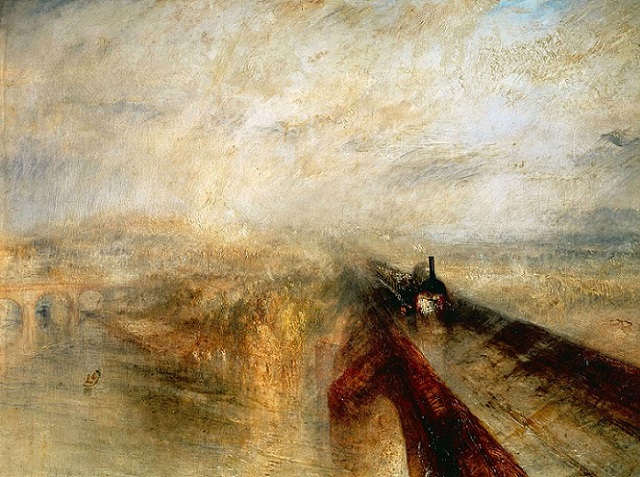
Turner's take on the quickening speed of communication...
Millions of threads
For instance, type in J.S Bach’s ‘Toccata in D Minor’ into Google and over 2.2 million hyperlinked results appear: The Albert Hall organ brings up 1.8 million, Ray Steadman Allen, half a million, the Vaughan Williams tuba concerto a hefty 146,000 and Parry’s ‘I Was Glad’ churns up 2 million or more.
Making sense of all those tangled threads of information takes some doing, with the composer refining his findings to three movements; an opening ‘The Voice of Jupiter’, followed by a central section, ‘Remember Me’ and ‘Vivat’ finale.
Peter Graham is an expert musical tailor – the design, cut and fit of ‘Hyperlink’ packaged into 14 or minutes of stylish dress sense, although the famous opening declamation from Bach’s organ masterpiece quickly unravels into a seemingly incomprehensible melange of chordal spaghetti.
Expert tailor
Peter Graham is an expert musical tailor – the design, cut and fit of ‘Hyperlink’ packaged into 14 or minutes of stylish dress sense, although the famous opening declamation from Bach’s organ masterpiece quickly unravels into a seemingly incomprehensible melange of chordal spaghetti.
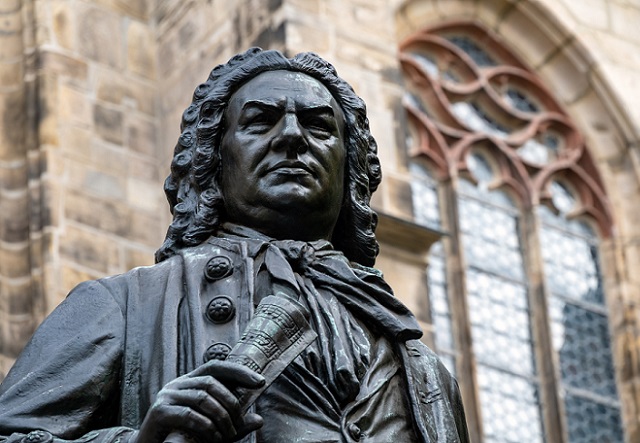
Crypto culprit: J.S Bach
Sinister
It’s as if the Abominable Dr Phibes has been shot dead and fallen onto the Henry Willis organ keyboard leaving all 147 diapason pipes wide open in terror.
Out of it comes a rather sinister piece of musical cryptography; a resolute bass led tone row that spells the identity of the culprit - Bach himself.
The music is driven relentlessly on, dark edged and menacing (the dynamic having girth rather than brazenness) back to that fingerprint Toccata call and deathly subsidence, still troubled and questioning.
Brittle scampering in the cornets and percussion gives the music a cold, minor keyed feel with echoes of Bernard Herrmann, before an evenly paced Allegro (bang on crotchet =120) follows with its twists and turns in rhythmic pulse and fugal development.
The music is driven relentlessly on, dark edged and menacing (the dynamic having girth rather than brazenness) back to that fingerprint Toccata call and deathly subsidence, still troubled and questioning.
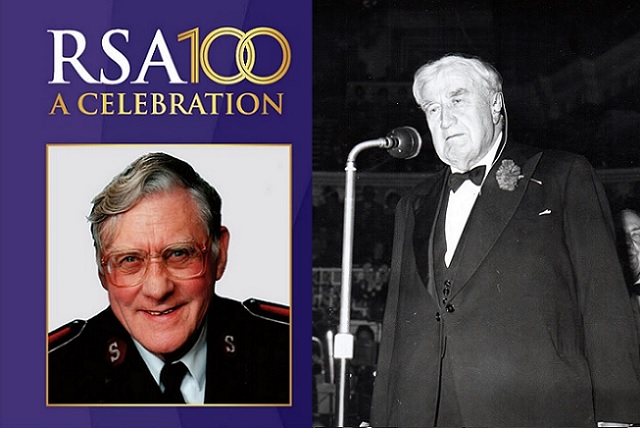
RSA and RVW are linked in teh central section
Complete contrast
What follows stands in complete contrast.
‘Remember Me’ is a heartfelt homage to a trio of diverse figures - unconnected in every way other than through the hyperlinks of research; Ray Steadman-Allen, Ralph Vaughan Williams and, most significantly, the composer’s father, Peter who died in 2022 (the work is dedicated to the composer's late parents).
Loving memories evoked in the mind’s eye, building in longing intensity to one last recall of a kindly soul lifted to the heavens and nothingness.
Kindly soul
The identities are signified in notational reference for RSA (triad chords), quotation for RVW (the five note cell from the tuba concerto) and with a favourite personal hymn for Peter Snr (Lowry’s ‘They’ll Sing a Welcome Home’).
It is tender, respectful and touching – the warmly affectionate solos played against slowly syncopated, coldly falling lines (again though with that thread of subdued minor keyed inflection).
Loving memories are evoked in the mind’s eye, building in longing intensity to one last recall of a kindly soul lifted to the heavens and nothingness.
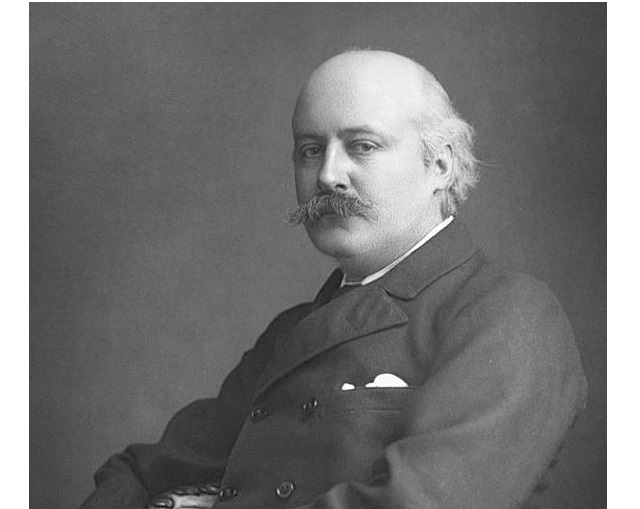
Hubert Parry esq
Tour de force
The finale is a tour de force; paced with intensity, marked with decisiveness - the link ostensibly a celebration (although there is no triumphant anthemic close) fuelled by a series of pyrotechnic sparks rather than full blown conflagration.
Some gnarled old stagers will be cursing him under their breath for certain.
More than a few eyebrows were raised when ‘Hyperlink’ was announced as the set-work for this event, especially as it was commissioned for the National Youth Band of Great Britain, but Peter Graham did not temper his ambition to test players to the full - tubas to sop with the percussion integral to it all.
Some gnarled old stagers will be cursing him under their breath for certain.

And the result will be brought to you by...
Mark 3 Jag
It is wickedly paced (marked crotchet = 152) and technically demanding, with a need for razor sharp clarity in the acoustic of the Albert Hall. The fugal style returns as does the dark marcato menace and viscousness, although with hints of his favoured Quincy Jones 1970s rhythmic pulses.
There is also something gloriously pre-internet about the final section too (just before letter T), as if changing gear on an old Mark 3 Jag in a chase scene from ‘The Sweeney’ and getting the rev counter up to 168 heart stopping beats to blast away from the rozzers down the Old Kent Road
There is also something gloriously pre-internet about the final section too (just before letter T), as if changing gear on an old Mark 3 Jag in a chase scene from ‘The Sweeney’ and getting the rev counter up to 168 heart stopping beats to blast away from the rozzers down the Old Kent Road.
Visceral horsepower
It's the sound of old fashioned visceral horsepower – blood and sweat, nerve and skill rolled into one. Nothing computer generated or electric hybrid about it either – and definitely no slowing down to milk the applause of online fans before the final bar.
Perhaps that’s something the younger generation may get to appreciate in the years to come too as they look at their ever present smart phones to find out the result on Saturday night.
Iwan Fox













